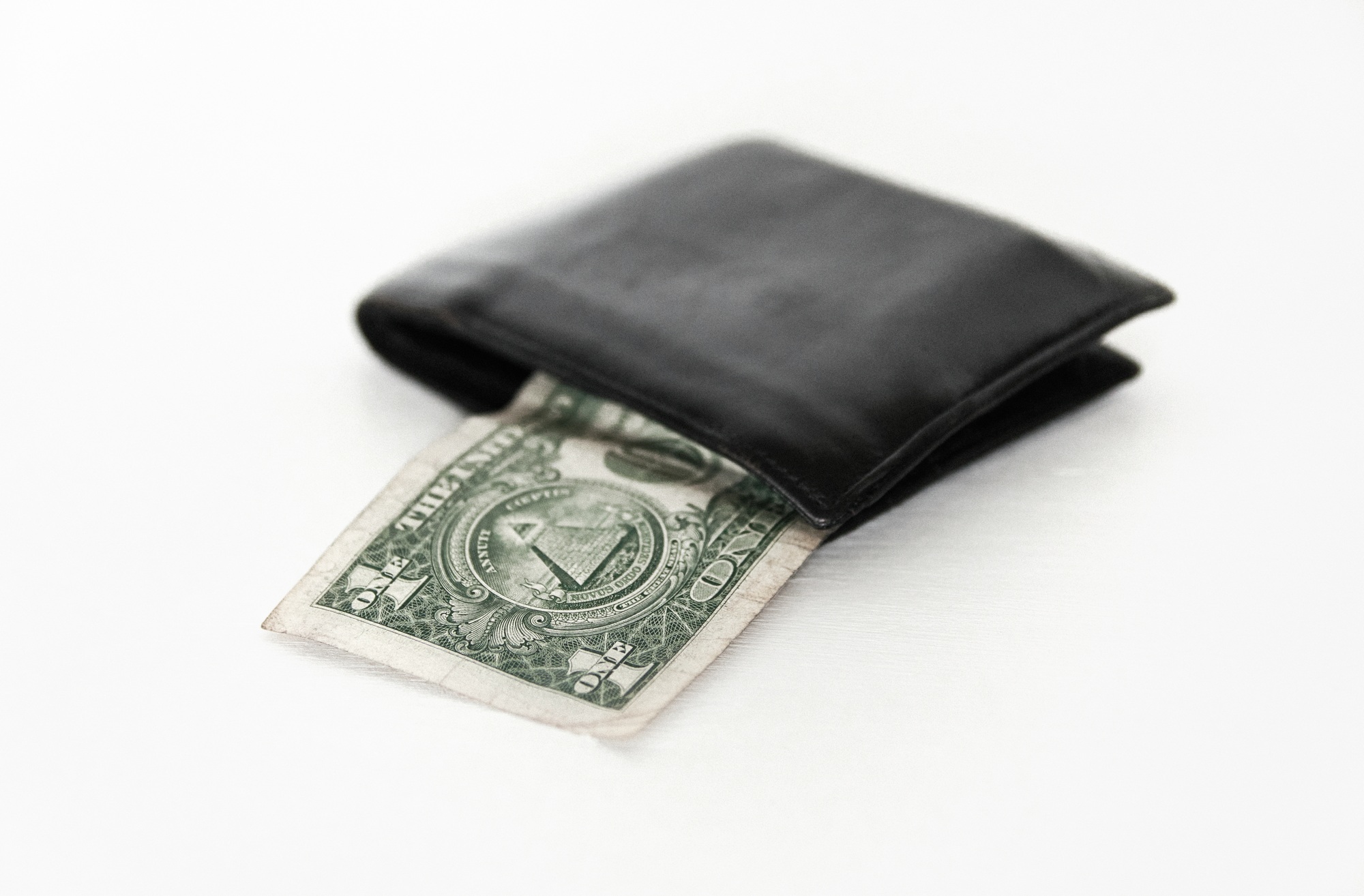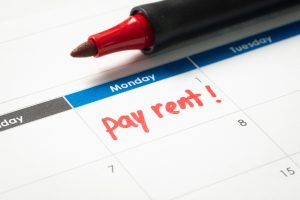Many individuals are seeking innovative approaches to manage their finances efficiently. One concept that has surged in popularity is minimalist budgeting. This method aligns closely with the broader minimalist lifestyle, which advocates for simplifying one’s possessions and commitments. At its core, minimalist budgeting focuses on expending resources only on essential items or experiences, promoting financial peace and clarity.
The Rise of Minimalism
The minimalist movement, which gained traction in the early 21st century, encourages individuals to eliminate excess consumption. According to a 2022 survey by the National Endowment for Financial Education, approximately 68% of respondents expressed a desire to simplify their financial lives. This shift reflects a growing recognition of the mental burden associated with overconsumption and clutter, leading many to embrace a lifestyle that prioritizes quality over quantity.
Market Impact
The increased focus on minimalism has encouraged a range of personal finance applications and tools designed specifically for minimalist budgets. These solutions have gained significant traction among users seeking to streamline their financial procedures. The financial tech industry is projected to reach a value of $454 billion by 2026, with minimalist budgeting tools contributing notably to this growth. These tools not only facilitate expense tracking but also motivate users to reassess their spending habits, putting them in closer alignment with their financial goals.
Creating a Minimalist Budget
Establishing a minimalist budget involves several key steps. First and foremost, individuals need to conduct a thorough assessment of their financial circumstances. This means categorizing income streams and detailing monthly expenses, from fixed costs such as rent or mortgage payments to variable costs like dining out and entertainment.
Next, it is essential to distinguish between needs and wants. Fundamental expenses such as housing, food, and transportation are considered needs, while luxuries or non-essential services fall into the categories of wants. This process allows individuals to prioritize spending and allocate resources more effectively.
Once the budget is outlined, incorporating a 40/30/20 budgeting rule can be beneficial. Under this framework, 40% of income is directed toward needs, 30% toward discretionary spending, and the remaining 20% toward savings and debt repayment. This balanced approach gives individuals the flexibility to enjoy life while also securing their financial future.
Expert Opinion
Financial experts contend that minimalist budgeting promotes not just financial health but also mental well-being. Dr. Linda Smith, a financial psychologist, notes that managing money with intention can alleviate stress that often stems from debt or environmental clutter. “By embracing a minimalist budget, individuals can focus on what truly matters to them, creating both financial freedom and emotional wellness,” says Dr. Smith.
In addition, financial advisors recommend routinely revisiting the budget to ensure it aligns with current financial goals and life changes. This dynamic approach allows individuals to remain adaptable, adjusting to fluctuations in income or unexpected expenses while maintaining their minimalist ethos.
Background: The Financial Benefits of Minimalism
The advantages of adopting minimalist budgeting extend far beyond immediate savings. Studies indicate that individuals who practice minimalism often report greater satisfaction and reduced anxiety related to personal finances. A report from the American Psychological Association found that individuals engaged in minimalism were 40% more likely to feel financially secure and satisfied than those who were not.
Furthermore, minimizing expenses opens doors to additional savings or investment opportunities. With the average American carrying over $38,000 in personal debt, a minimalist approach can serve as a critical strategy for debt management and financial recovery.
What’s Next?
As more individuals and families seek sustainable financial practices, the minimalist budgeting method is poised to grow in popularity. Financial educators are beginning to incorporate this concept into their curricula, recognizing the need for practical strategies that resonate with younger generations navigating a challenging economic landscape.
In conclusion, embracing a minimalist budget serves as a viable pathway to a simpler financial life, characterized by reduced stress and a more intentional approach to spending. By honing in on needs versus wants and prioritizing financial clarity, individuals can cultivate not only financial health but also a sense of peace in their daily lives. As the minimalist movement continues to evolve, it is clear that less may indeed be more in the realm of personal finance.








